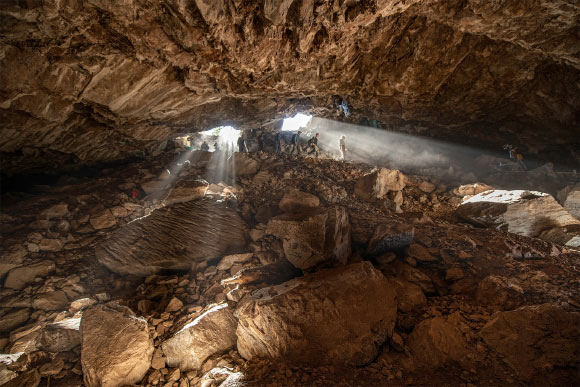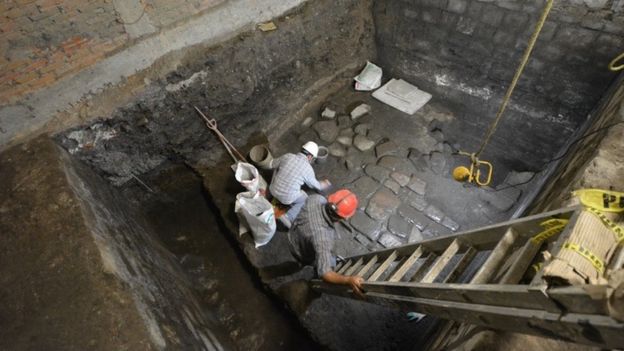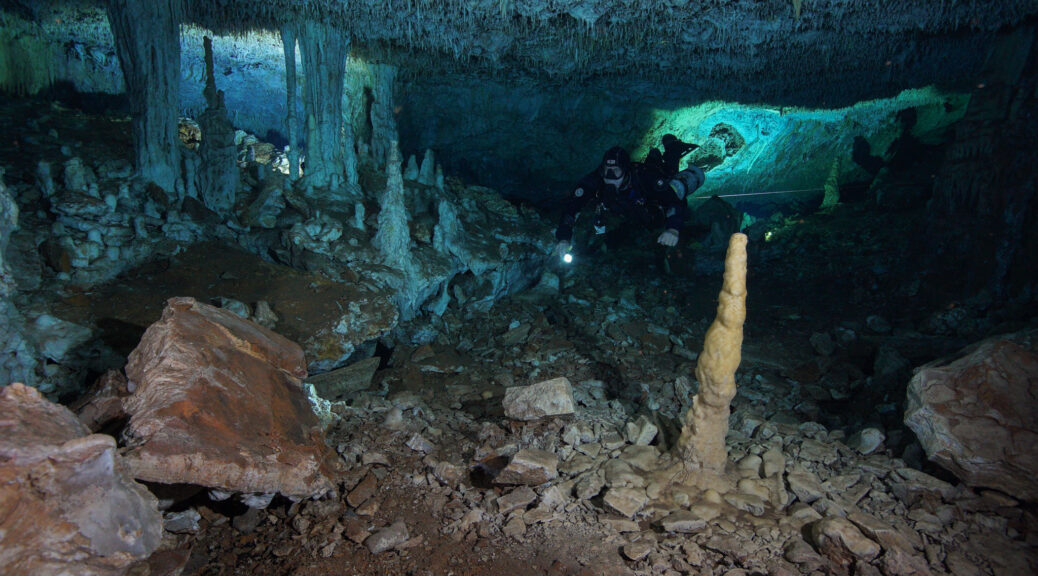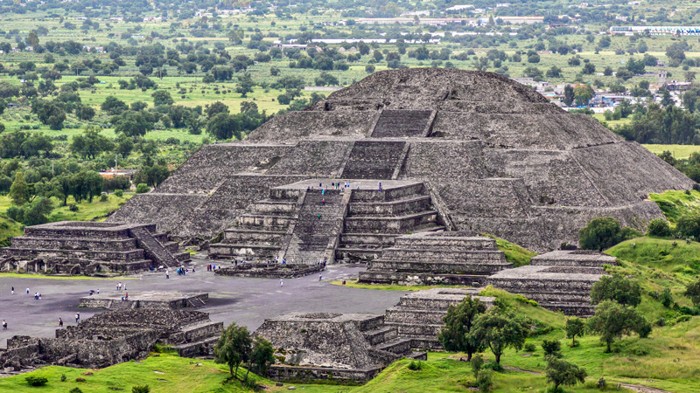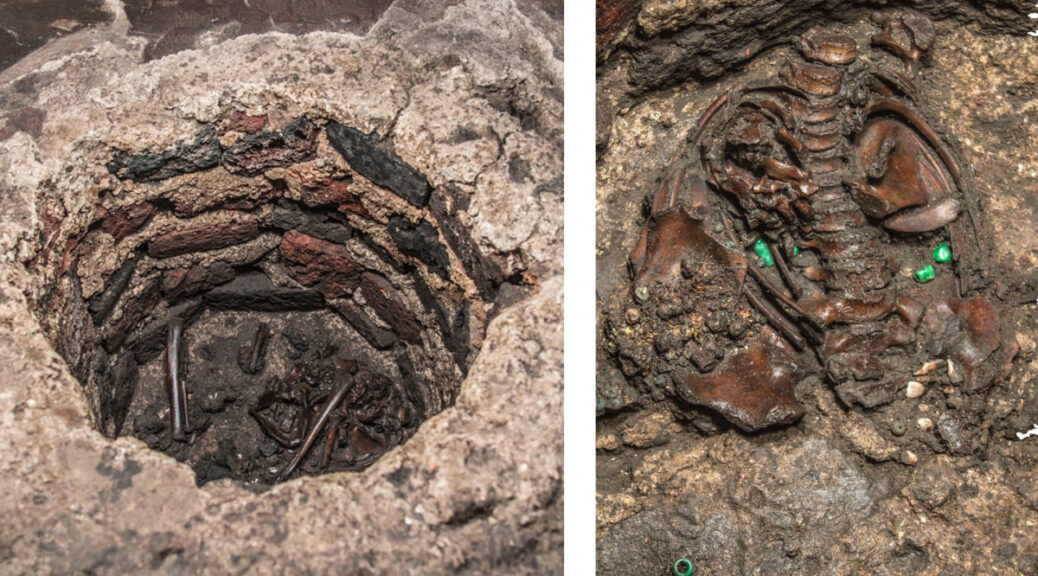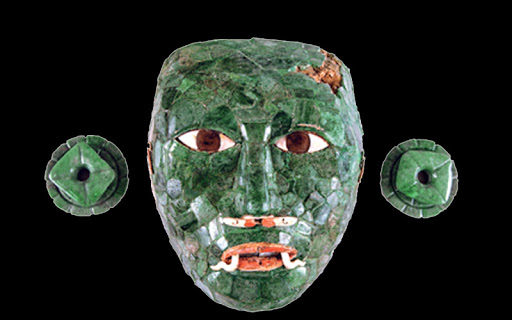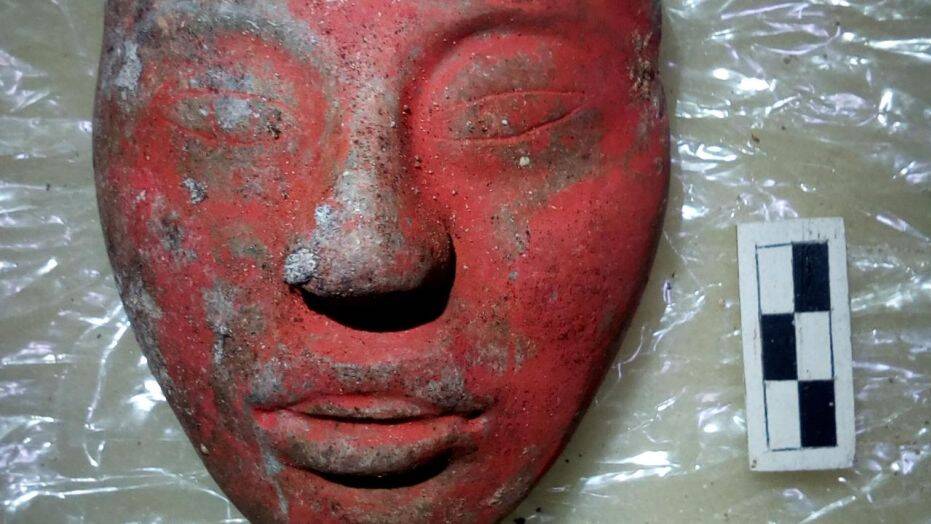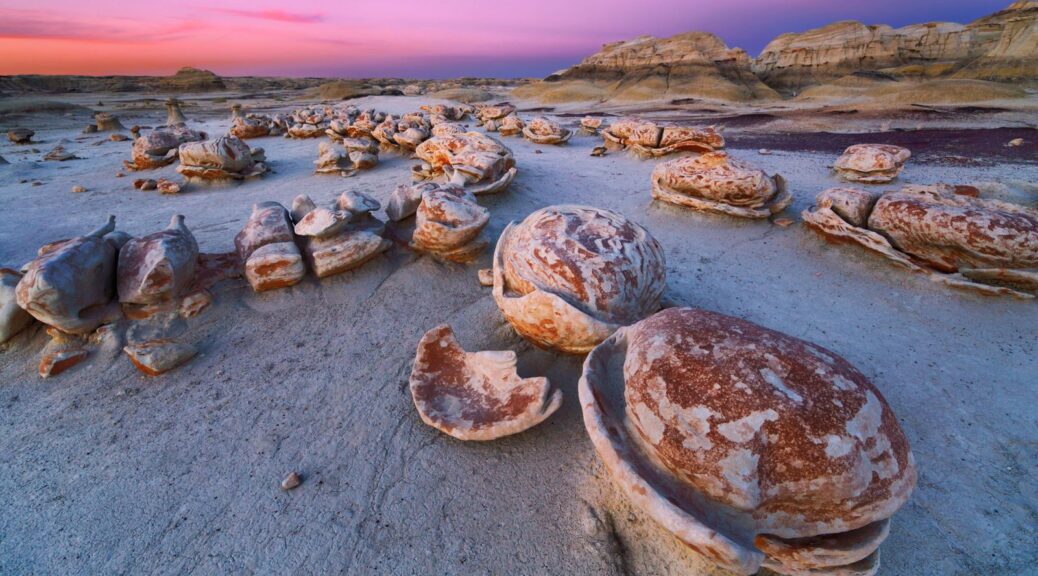30,000-year-old stone tools discovered in Mexican Cave suggest humans reached America much earlier than thought
Stone tools unearthed in a cave in Mexico indicate that humans could have lived in the area as early as about 33,000 years ago, researchers report online July 22 in Nature. That’s more than 10,000 years before humans are generally thought to have settled North America.
This controversial discovery enters a new piece of evidence into the fierce debate about when and how the Americas were first populated. The initial peopling of the Americas is a contested and evolving topic, with the exact timing of the first arrivals still unknown.
Historically, Mexico’s understudied and controversial archaeological record has remained on the periphery of First Americans’ research.
Evidence of human presence at Chiquihuite Cave extends this antiquity and attests to the cultural variability of older-than-Clovis sites and the earliest humans on the continent.
“For decades people have passionately debated when the first humans entered the Americas,” said Professor Eske Willerslev, a researcher at St John’s College at the University of Cambridge and director of the Lundbeck Foundation GeoGenetics Centre at the University of Copenhagen.
“Chiquihuite Cave will create a lot more debate as it is the first site that dates the arrival of people to the continent to around 30,000 years ago — 15,000 years earlier than previously thought.”
“These early visitors didn’t occupy the cave continuously, we think people spent part of the year there using it as a winter or summer shelter, or as a base to hunt during migration.”
“We don’t know who they were, where they came from, or where they went. They are a complete enigma,” added Dr. Ciprian Ardelean, an archaeologist at the University of Zacatecas.
“We falsely assume that the indigenous populations in the Americas today are direct descendants from the earliest Americans, but now we do not think that is the case.”
“By the time the famous Clovis population entered America, the very early Americans had disappeared thousands of years before. There could have been many failed colonization that was lost in time and did not leave genetic traces in the population today.”
Professor Willerslev, Dr. Ardelean, and their colleagues excavated a total of 1,930 stone tools such as knives, scrapers, and arrowheads in Chiquihuite Cave.

“The collection of artifacts reveals advanced flaking skills applied to challenge raw material, represented by green and blackish varieties of recrystallized limestone,” the scientists said.
“The flaked tools reflect a previously unknown and mostly unchanged technological tradition.”

The authors also attempted to identify ancient human DNA in all archaeological layers of the cave.
However, no evidence of human DNA within the samples was found. This adds weight to the theory that the early people didn’t stay for long in the cave.
“We identified DNA from a wide range of animals including black bears, rodents, bats, voles, and even kangaroo rats,” said Dr. Mikkel Winther Pedersen, a geneticist at the University of Copenhagen.
“We think these early people would probably have come back for a few months a year to exploit reoccurring natural resources available to them and then move on. Probably when herds of large mammals would have been in the area and who had little experience with humans so they would have been easy prey.”
“The location of Chiquihuite Cave definitely rewrites what has conventionally been taught in history and archaeology and shows that we need to rethink where we look for sites of the earliest people in the Americas.”
